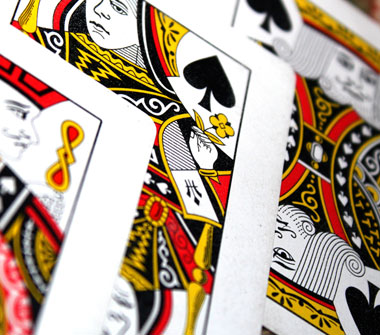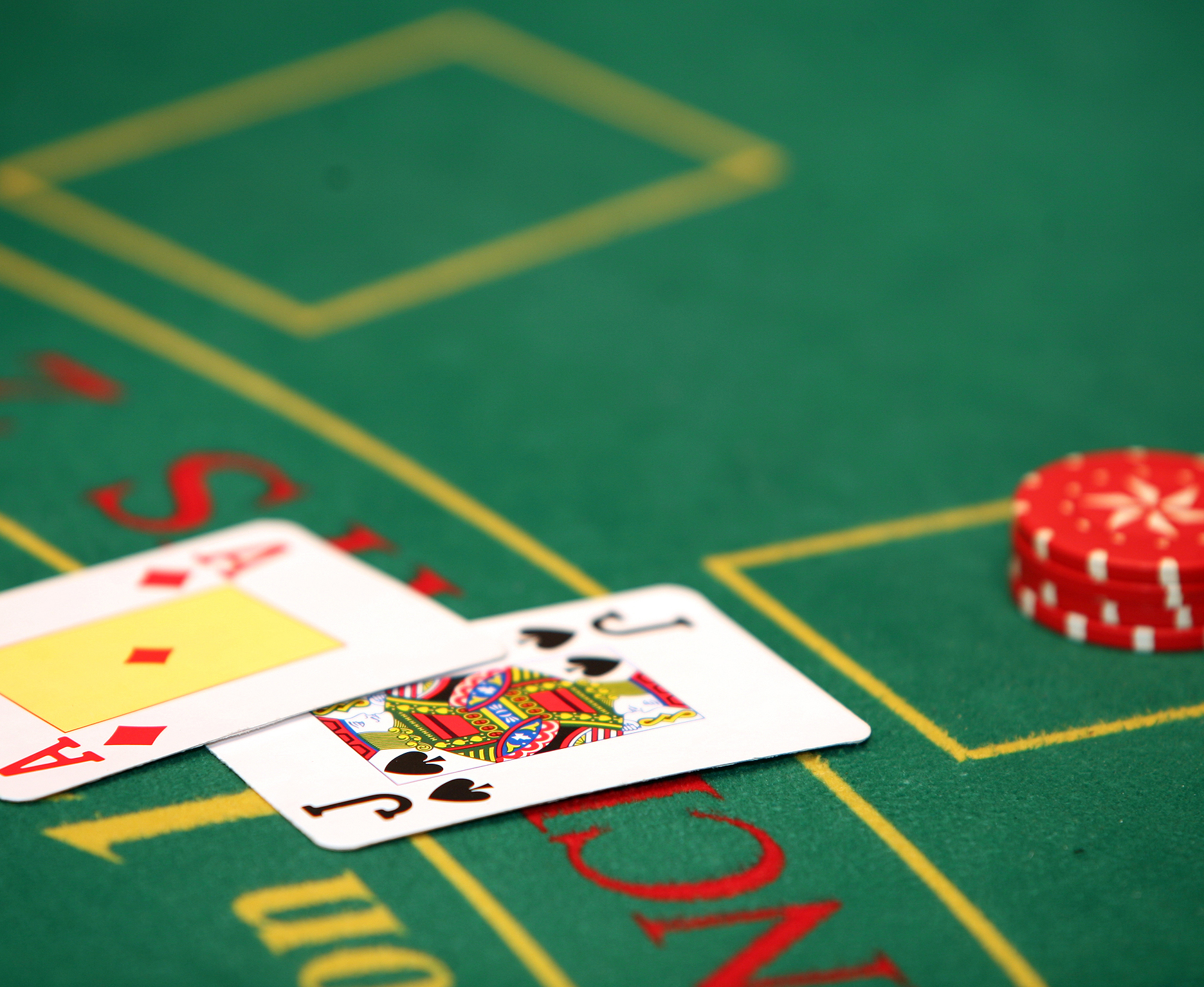It’s the first card in the deck – and the last. It’s also a term synonymous with what is highest, top-ranking or best – like an unbeatable tennis player or a winning golf swing. But before these terms were in play, the ace enjoyed a long and storied history, leading into the common usage we see today.
Simple Origins
The word ‘ace’ comes from the Latin or Old French word ‘as’, meaning ‘a single unit’. It was used commonly in the Roman Empire, as the name for a small coin that weighed about 11 grams, and later in many popular games throughout Europe, where it represented the lowest score or value possible. Rolling an “ace” or a one had such a negative perception in Medieval England, that it was believed to bring bad luck to those who did. Clearly, randomness was not a well-known concept in the Dark Ages.
This perception changed following the French Revolution, after which the Ace was promoted to the highest card in the deck–11–a symbolic nod to the overthrow of France’s nobility and rise of the commoner.
Duty Calls
In the 17th century, French and English rulers started taxing decks of playing cards to help finance ongoing wars. Since Aces had the largest blank space, tax officials often used them to print duty tax stamps – usually on the Ace of Spades, since it was the first card in a new deck. In an effort to prevent tax fraud, officials started printing their own Ace of Spades in 1765. Forging an Ace of Spades then became a capital offense resulting in death! There are many historic accounts of people being hanged for this ‘crime’ in 18th and early 19th century England, leading many to associate the Ace of Spades with death.
Eventually the tax was put to rest, but the legacy of marking or decorating the Ace of Spades lived on, with various manufacturers creating their own unique designs.
Design Wars
The Ace of Spades’ elaborate design was so important, that it became the subject of design patents and trademarking. In 1882, George G. White was granted a US design patent for his “Ace of Spades” design, featuring male and female figures leaning onto the spade from either side.
Dead Man’s Hand
In 1876, the Wild West’s folk hero, lawman and gunfighter, Wild Bill Hickock was shot while holding a ‘two-pair’ of black Aces and eights. As one of the best-known poker players at that time, Hickok’s final hand held strong significance, known forever after as the ‘Dead Man’s Hand.’ In 1979, Hickok was posthumously inducted into the Poker Hall of Fame.
Psychological Warfare
During the Vietnam War, two United States lieutenants obtained custom card decks that consisted of only Ace of Spades for all 52 cards. They were used as part of a psychological warfare tactic against the superstitious Viet Cong, who believed the Ace of Spades forewarned of death. Thousands of the dreaded black card were dispersed throughout the jungles, causing the enemy to flee in fear.
The Ace Lives on
The ace, as it’s been known throughout history has inspired and affected countless card games, movies, books and more. It’s no wonder this famous card has become such a common feature of our language–like in these three popular phrases:
- An ace up one’s sleeve – a resource or advantage kept hidden until needed
- To ace it – to accomplish something with complete success
- To hold all the aces – to enjoy a favorable position
Now that you’re up to speed on the history of the Ace, learn how it’s played in Blackjack or Texas Hold’em Poker.









